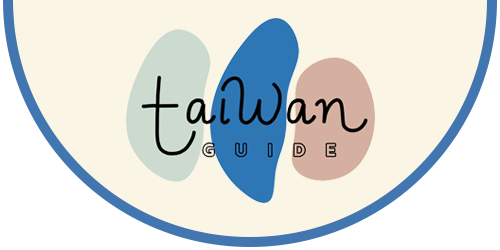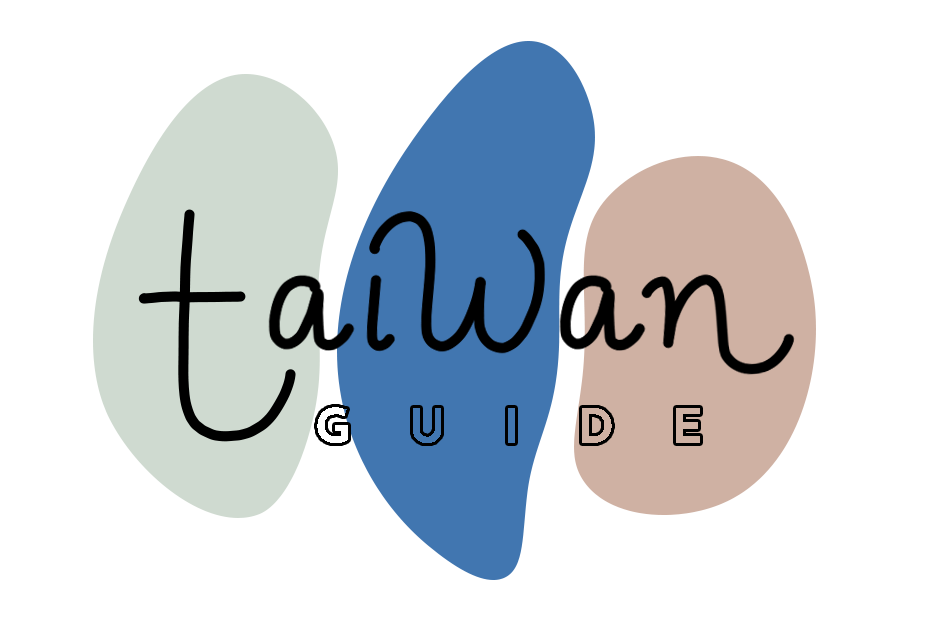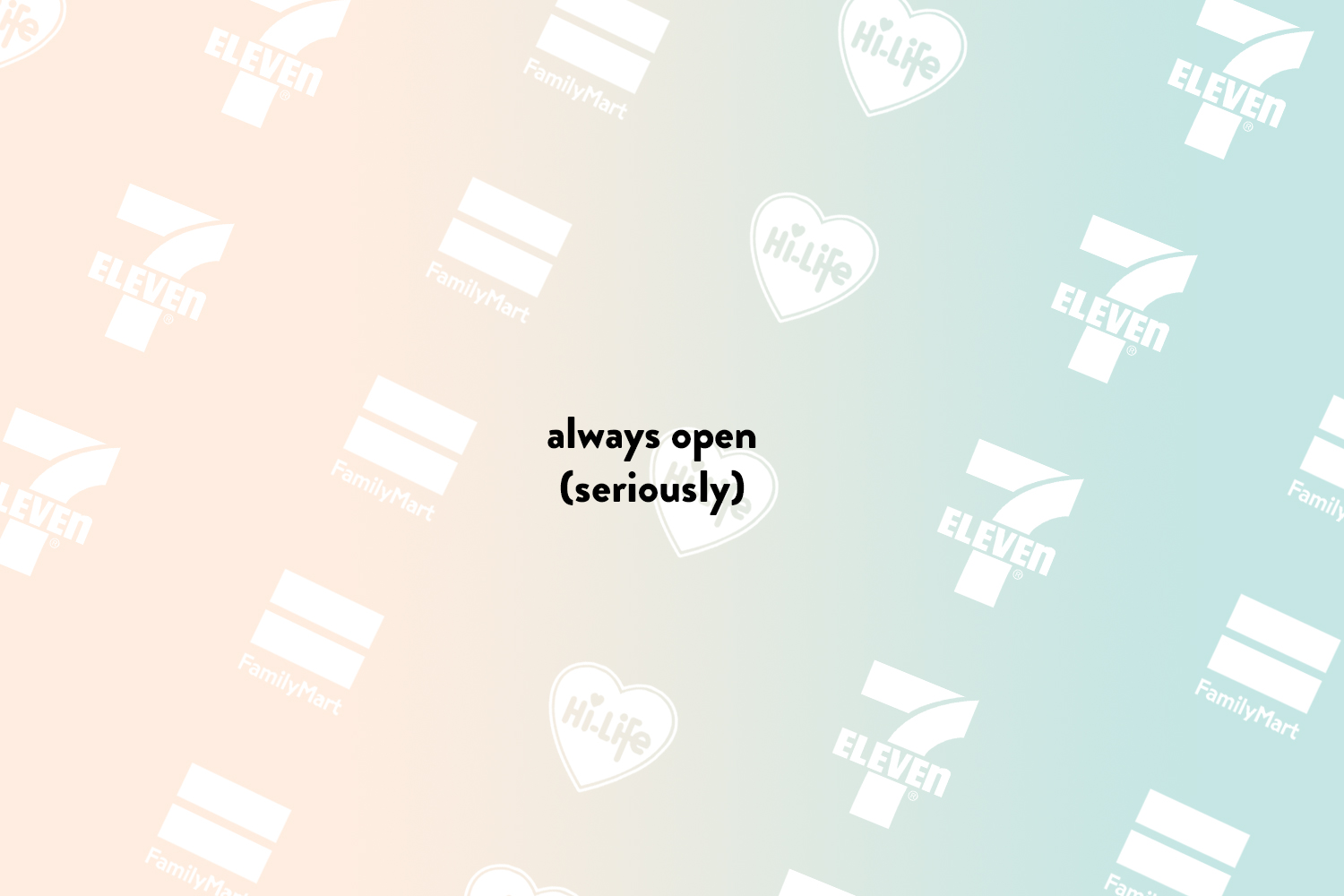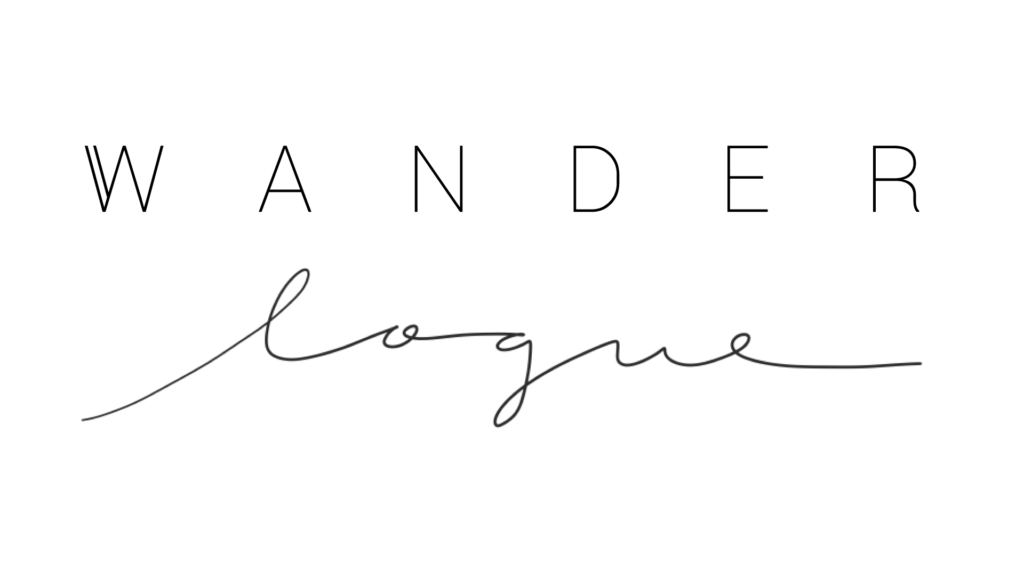Just a short train or bus ride away, Keelung (基隆) is an easy day trip, or even half day trip from Taipei. This rainy port town on the northern coast of Taiwan is known for it’s yellow lantern-adorned night market and fresh seafood. It’s a perfect excuse to get out of Taipei, without really having to plan ahead.
getting there
It’s super easy to get to Keelung from Taipei. The most direct ways would be to take a train from Taipei Main Station, or to take a bus from either Q Square (next to Taipei Main) or from the Taipei City Hall bus station (adjacent to Uni-UStyle). Note that for Taiwan’s trains there are the fast direct trains (自強號), and slow ones (區間車) that stop at every town and village on the way, so be sure to double check the time-table before purchasing. There are dozens of daily trains and buses, so you do not need to purchase tickets ahead of time. Tickets will probably range from 40-60NT ($1-2), so it’s super affordable.
things to do
Once you’re there, there’s tons to do. Keelung, while much smaller than Taipei or Kaohsiung, is still a city in its own right. And whether you take the bus or the train, you’ll be dropped off right in the heart of the harbor and the most commercial district.
The most famous thing that people come here for is the night market. Like many night markets in Taiwan, it’s centered around a temple, Dianji Temple. Unlike most night markets in Taiwan, it’s literally called Miaokou Night Market (廟口夜市) which literally translates to “the night market in front of the temple.” While it’s called a night market, it actually is kind of open all day, though it gets busiest at night. But before we get there, let’s go over some other things to do.
eat: cafe laurel buffet
Located on the 18th floor of the Evergreen Laurel Hotel, the Café Laurel Buffet offers panoramic views of the city and beyond. Lunch is served between 11:30a and 2:30p, and is buffet style, featuring Taiwanese and Japanese-inspired dishes. From generous cuts of fresh sashimi to self-serve local beer, the same quality food would surely be triple the price if it were a Vegas buffet. Thankfully, it’s not.
Sure, the hotel looks like a ghost of glamor from a previous generation, but it’s a homey atmosphere, and a nice place to take in the views.
do: ZHONGZHENG PARK 基隆中正公園
This lush park winds up a mountain and is ironically technically in the XinYi district (as opposed to the Zhongzheng district neighboring). Take the trail up from Xin Er Rd and go all the way to the top, where you’ll find 大佛禪院, a Buddhist temple with a large white statue of the Maitreya Buddha. Along the way, there are several Buddhist buildings, a Totoro Bus Stop, and panoramic views of the harbor.
do: WALK AROUND THE HARBOR
The bustling harbor neighborhood is a stark contrast to the peaceful mountains, but just as enjoyable.
On the night market side of the port, there’s the Keelung Cultural Center and the Harbor Bureau, and then the Oceanic Culture and Art Museum and historic Customs Office Building ison the opposite side. If anything, it’s worth walking along the water to enjoy the view.
buy: rice cakes + pineapple cakes, neither of which are really cakes at all
Stop by 泉利米香 and pick up some crunchy rice cakes. These put those Trader Joe’s popped brown rice cakes to shame. They come in sweet and savory flavors – but definitely try the “old fashioned” flavor. It has both sweet and savory notes (sugar and fried shallots) that are very traditional Taiwanese flavors but hits the same sweet spot as kettle corn. They taste even better if you pop them in the freezer.
Another key stop (and honestly the key motivator for my family to come up to Keelung) is 李鵠餅店. This traditional pastry shop might not seem impressive, but if it’s been in business for over 100 years, who cares about the packaging? I swear by these pineapple cakes. The filling is on the sweeter side and aren’t as tart or “pineapple-textured” as newer renditions and the outer pastry isn’t as buttery as others I’ve had. But maybe because I grew up on these, nothing measures up. One thing that is indisputable is the price. These are half the price as fancy ones from bakeries in Taipei. Buy a box (or eight) to bring home. They freeze well, and if you toast them for a few minutes, it is a heavenly treat.
eat + do: miaokou night market 廟口夜市
And then of course, the star of the show: the night market. Like I mentioned earlier, “Miao kou” in Chinese literally means at the entrance of the temple. The temple in question is 奠濟宮 (see above), and all along the street it’s on, you’ll notice rows of yellow lanterns and matching metal signage for all of the stands (with questionable English and hopefully less questionable Japanese translations). But I’d recommend not reading the translations at all, because nothing sounds appetizing. Just follow your nose and go wherever is most crowded.
This is probably the most popular food-focused night market in Taiwan, and especially known for the fresh seafood. It’s popular for tourists (and about as tourist friendly as night markets come), but also very well loved among locals (re: my uncle will happily drive up here for dinner on any Saturday). Bourdain came here for The Layover, and to be honest this is probably the only part of his itinerary I’d willingly participate in.
With a fish market right around the corner, all seafood is cheap and fresh. If you see large piles of glutinous rice, that would be “oil rice,” a savory chewy rice dish steamed with meat, mushrooms, dried shrimp…a Taiwanese paella, if you will. Food snobs everywhere are probably going to kill me for even drawing that comparison. If it’s summer, definitely cool off with some “bubble ice.” It comes in various flavors from fruity to chocolatey to the Asian favorite red bean, but all of them are made to order and super fluffy. My favorite is chocolate and peanut – together, it tastes like a fluffy frozen Reese’s.
sample itinerary
A trip to Keelung is so easy and flexible, it can fit into any visitor’s schedule, but to get you started, here’s a sample itinerary for a day trip.
11:00 – Take a train or bus from Taipei to Keelung
12:30 – Grab lunch at the Evergreen Laurel Hotel
14:00 – Hike and explore Zhongzheng Park
15:00 – Walk around the harbor and shop around Ren Ai District
17:00 – Feast your senses at the Miaokou Night Market
19:00 – Nap off your feast on the ride back to Taipei
First posted: January 2017
Last updated: October 2019



